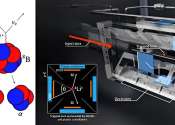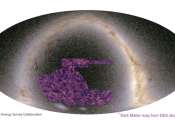Dark matter: A new experiment aims to turn the ghostly substance into actual light
A ghost is haunting our universe. This has been known in astronomy and cosmology for decades. Observations suggest that about 85% of all the matter in the universe is mysterious and invisible. These two qualities are reflected ...









